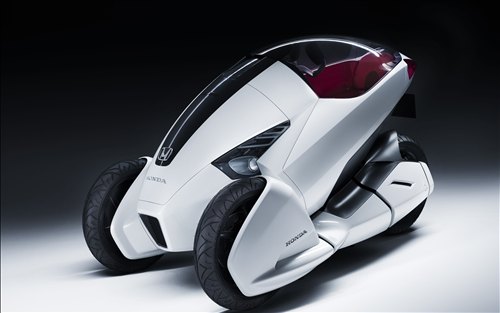First, let's take a look at the bridge when it was intact.
Seems to be pretty standard
We can see that it is a fairly standard suspension bridge design, with two towers taking the weight of the roadway in compression (probably made of mild steel), and cables attached to a pair of long catenaries forming the connections with the roadway itself. These would all be high tensile steel cable. To prevent the towers falling over, they have tension on both sides. A large box truss comprised of I-beams encloses the roadway. My guess is that it is there to stop the roadway from buckling in high winds, like what happened to the Tacoma Narrows bridge. A similar box truss runs under the roadway of the Golden Gate.
Close-up of the box truss that provides torsional rigidity for the roadway.
The use of bolts and brackets to make the connection with the catenary seems to have proved fateful, since photos of the collapsed bridge show these connections are where the failure occurred:
On the day it happened there was maintenance going on. Without knowing exactly what they were doing it's hard to guess what the initial cause of the collapse was, but I think it would be something like this: judging by the way one of the towers has been bent, it experienced significant lateral force from the middle span. This is consistent with connections failing either on the main span on the side opposite the bend, or on the ramp side on the same side as the bend. Either way, failed connections overloaded the tower and caused it to lean, destabilising the remaining over-stressed connections and ultimately unzipping the entire bridge span.
So, seeing that the connections were the point of failure, how did they work and how, then, did they fail? From photos it is clear that some snapped right off while most seem to have snapped off one of the hinge plates. They seem to be constructed of two hinge plates held on by bolts to brackets at the top and bottom. these brackets engage with a plate at the bottom, which has a hole through which the connecting rod is bolted into it. At the top there is some sort of clamp that grips the catenary. The most common point of failure seems to be the hinge at the top of one of the plates. These types of plates are made of high tensile steel and cannot sustain much of a crack without failing. I thought we had learned from eyebar bridges not to make things like this on bridges, but apparently not. Without an insanely rigorous inspection and maintenance program these parts fail. Corrosion gets into the steel right next to the bolt and prizes open the part right at the weakest point in the structure. Add a bit of load cycling and one day it just snaps right off. The cracks that can be sustained by these parts are on the order of a few mm, and they are invisible from the outside, so inspection is just about impossible.
Media reports cite poor construction materials as one of the factors. Possibly - this is certainly a bridge built to a tight budget - but ordinarily the safety factor is so high that even rubbish materials will still stand the test of time. This didn't and as a result I find the accountant that selected the connectors at fault. You have to design and build for things like poor maintenance and substandard materials, especially in a place like Indonesia. Failing to take account of those things is as negligent as playing Russian Roulette with someone else's life.








